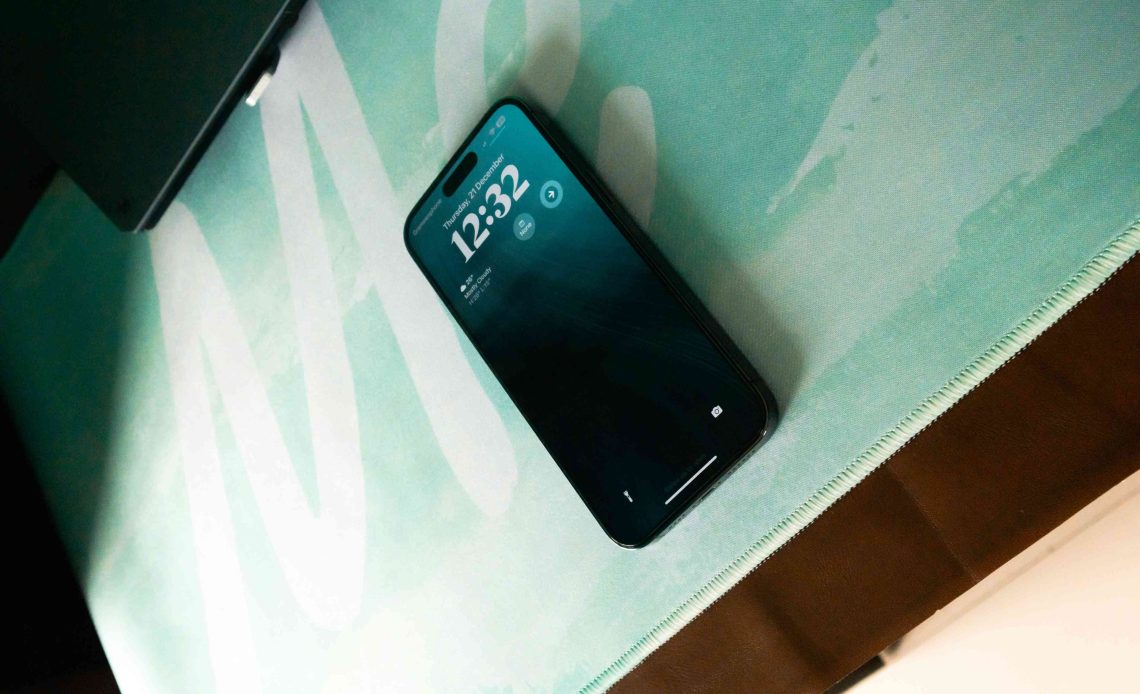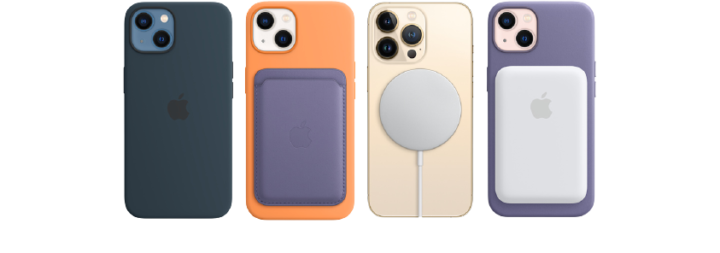
Apple has added a new smartphone to its latest lineup of the iPhone 16 series, the iPhone 16e has raised eyebrows for its compromises. While Apple is known for innovation, the iPhone 16e seems to take a step backwards in key areas. If you’re considering an upgrade, you might be better off purchasing the iPhone 15 instead. Here’s why:
Only a Single Camera

The iPhone 16e has just a single rear camera, an unusual choice in 2025 when even budget Android phones offer multiple camera setups. Apple’s decision to revert to a single lens severely limits photography capabilities. The lack of an ultrawide or telephoto lens means users will miss out on versatile shooting options. In contrast, the iPhone 15 features a dual-camera system with a 48MP primary sensor and a 12MP ultrawide lens, offering better photography in various lighting conditions.
A single-camera setup feels outdated, especially when smartphones have evolved to include enhancements for better portraits, night photography, and zoom capabilities. If you value good photography, the iPhone 15 is the clear winner.
No MagSafe Support

Apple introduced MagSafe with the iPhone 12, and since then, it has become a major selling point for accessories and wireless charging. However, the iPhone 16e shockingly lacks MagSafe, meaning users miss out on seamless magnetic wireless charging and a wide ecosystem of MagSafe accessories, such as wallets, mounts, and battery packs.
Without MagSafe, it will lack the convenience of Apple’s magnetic alignment. The iPhone 15, on the other hand, fully supports MagSafe, allowing for better compatibility with Apple’s ecosystem and third-party accessories. If you’ve invested in MagSafe accessories, the iPhone 16e is a significant downgrade.
Apple Intelligence is Not Available in India and Not Good Enough

Apple Intelligence, Apple’s latest AI-powered software suite, has been a key feature of the iPhone 16 series. However, it is unavailable in India, making it an irrelevant selling point for Indian users. Moreover, early reviews suggest that Apple Intelligence lags behind competitors like Google’s Gemini and Samsung’s Galaxy AI in terms of functionality and real-world usability.
Since Apple Intelligence requires on-device processing, its absence in India makes the iPhone 16e even less appealing. The iPhone 15, running iOS 18, still offers a smooth and powerful user experience without relying on missing or underwhelming AI features.
No Precision Finding (No UWB)

Ultra-wideband (UWB) technology is an essential feature in modern Apple devices, enabling Precision Finding for AirTags, seamless connectivity with other Apple devices, and improved wireless performance. Surprisingly, the iPhone 16e lacks a UWB chip, meaning users cannot use these key features. Without UWB, finding lost AirTags or tracking items with extreme accuracy becomes impossible. Apple’s Find My network heavily relies on UWB for precision tracking, so removing it from the iPhone 16e significantly reduces its usability. The iPhone 15, which includes UWB, ensures users have access to the best of Apple’s ecosystem.
Final Verdict: Stick to the iPhone 15

The iPhone 16e might be a newer device, but it comes with notable downgrades that make it a poor choice compared to the iPhone 15. In fact, the iPhone 16e is priced higher than the iPhone 15. With only a single camera, no MagSafe, no Apple Intelligence in India, and no UWB, the iPhone 16e feels like a step back rather than forward. If you’re in the market for an iPhone with better camera capabilities, seamless charging, and full Apple ecosystem support, the iPhone 15 remains the better buy in 2025.

